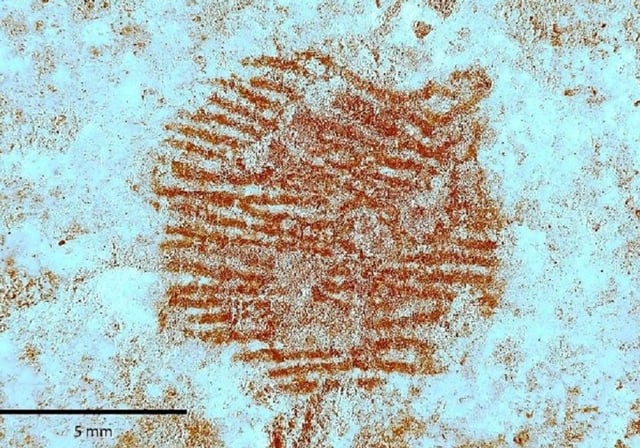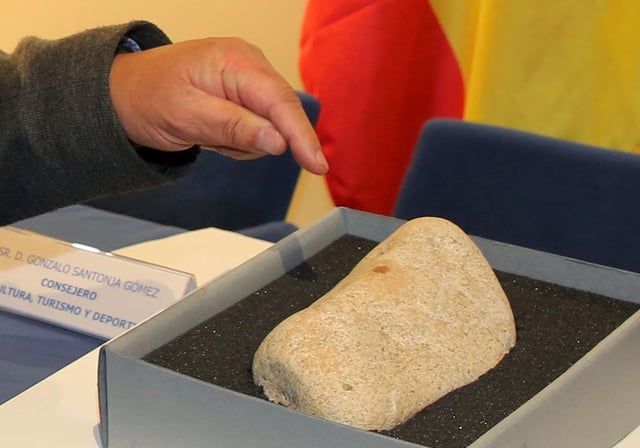Overview
- The granite pebble carrying the fingerprint was unearthed in July 2022 from level H of the Abrigo de San Lázaro shelter in Segovia’s Eresma valley.
- Multispectral microscopy and forensic dermatoglyphic analyses by CSIC, UCM, USAL, IGME and the Policía Científica confirmed the print belongs to a Neanderthal individual.
- The red ochre dot applied with a fingertip indicates intentional, non-utilitarian marking and abstract symbolic thought among Neanderthals.
- Abrigo de San Lázaro has become a key reference site for studying the last Neanderthal communities in the Iberian Peninsula before their extinction around 30,000 years ago.
- This find represents the oldest confirmed human fingerprint and the earliest direct evidence of symbolic object manipulation by Neanderthals, reshaping our understanding of their cognitive abilities.

